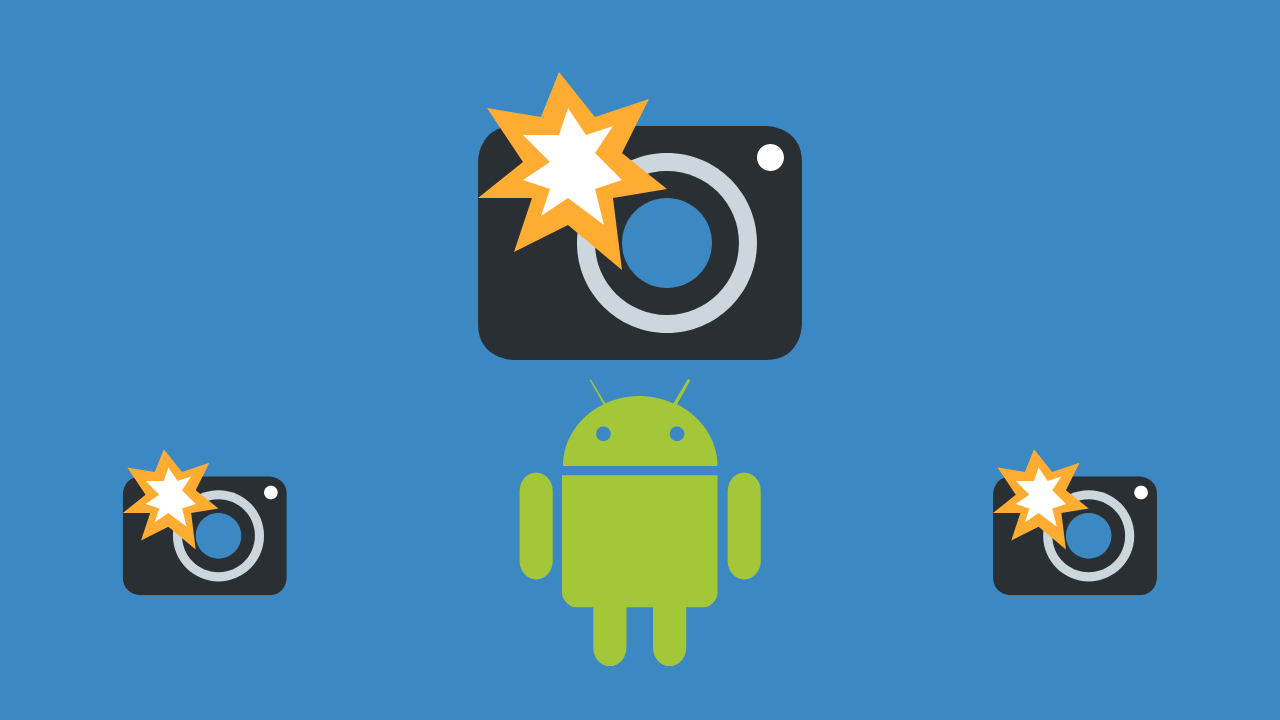Recent Blog Posts
Writing Screenshot Tests with Paparazzi
Introduction Screenshot testing is one of the most powerful ways to make sure your UI remains looking the same over time. With screenshot testing, we aren’t only checking if the UI elements are present on the screen, but also if they are positioned well, and if they look as they should.
What’s good about the Screenshot testing lately is that it gets fast, stable and reliable way to test UI. In terms of Android, a bunch of frameworks are available lately, and one of them is Paparazzi
read more
State vs. Behaviour Verification
Suppose we have the following interface:
interface Validator { fun validate(query: String): Boolean } and suppose it’s being used as a collaborator in a few places:
class FindItems( val validator: Validator, val repository: Repository ) { fun search(keyword: String) { if (validator.validate(keyword)) { repository.findItemsContaining(keyword) } } } class DeleteItems( val validator: Validator, val repository: Repository ) { fun deleteMatches(value: String) { if (validator.validate(value)) { repository.deleteItemsMatching(value) } } } Of course, we would have some tests for these functionalities, which might look something like this respectively:
read more
The Sequence Diagram
⚠️ Disclaimer Any kinds of diagrams have nothing to do with TDD at all. We find the diagrams handy when we want to visualize, explain, teach, or learn something. That’s all. It’s a drawing on a sheet of paper that we throw afterward. We don’t keep the diagrams around; we don’t maintain them. That’d be a massive waste of time.
Sequence Diagram Example
What’s this Sequence Diagram thingy? As mentioned in the disclaimer, the sequence diagram is a tool we can use to visualize an approximation of where we want to go when working on the unit in question.
read more
Improving Design - Separating responsibilities
Let’s take a look at the following piece of code:
fun search(query: String): List<String> { val allItems: List<String> = ExternalSystem.fetchAllItems() val filtered = allItems.filter { it.contains(query) } val reordered = filtered.sortedWith(object : Comparator<String> { override fun compare(lhs: String, rhs: String): Int { if (lhs == query) { return -1 } else if (rhs == query) { return 0 } return lhs.compareTo(rhs) } }) return reordered } From a behavioral point of view, this code has no problems.
read more
Refactoring Legacy Code
Intro Quite often in software development, we come to a point where we have to alter some code, whether to make it easier to read and understand or to add a new feature.
Recently a friend of mine posted a piece of code in a public Slack channel, and he asked for resources that would help him improve not only that particular code but any legacy code in general. I’m very thankful that he asked that because I took it as a motivation to record a series of screencast videos where I explain and demonstrate a bunch of techniques that everyone can learn and use in their daily job.
read more


